Footprints are among the most commonly discovered fossils from prehistoric times, along with imprints of plants and marine life. However, it’s rare for thousands to be found in one location, which is why Bolivia’s Cal Orck’o has attracted widespread attention.
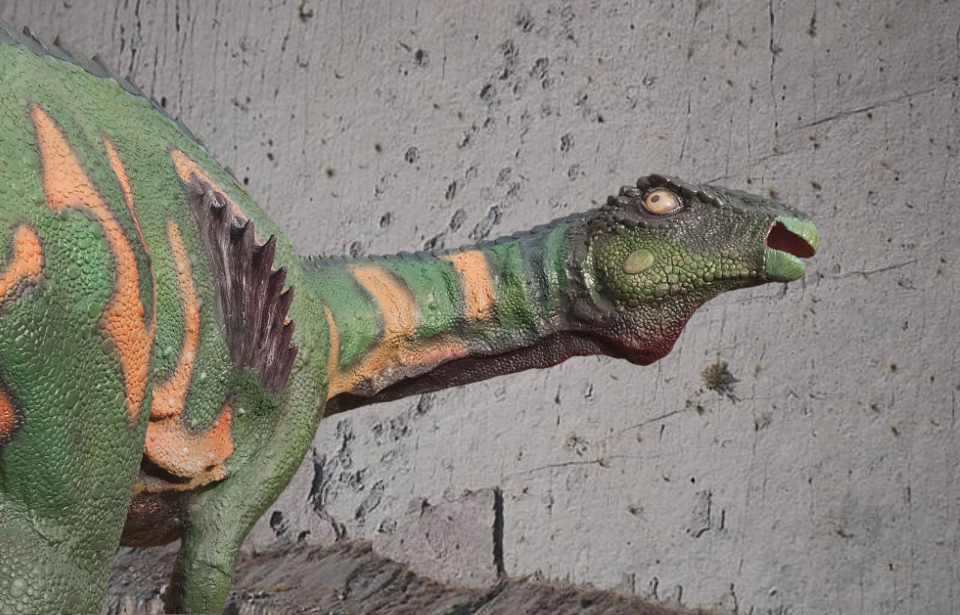
Home to over 5,000 individual dinosaur tracks, it’s one of the best places for paleontologists and enthusiasts to visit.
What is Cal Orck’o?
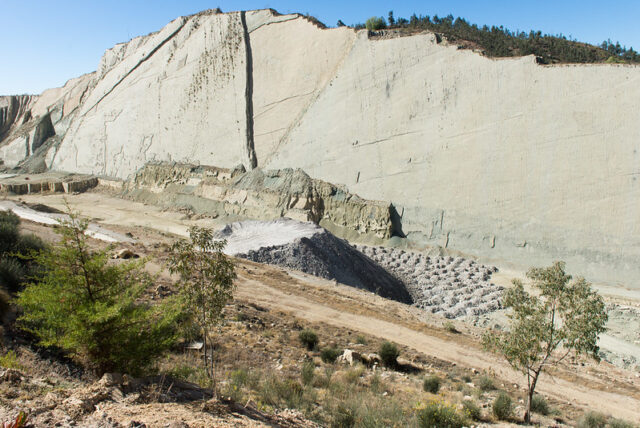
Photo Credit: vincentraal / Flickr CC BY-SA 2.0
Cal Orck’o is a fossil bed in a quarry some three miles from Sucre, Bolivia, in South America. It’s composed primarily of oolitic fossiliferous limestone. The wall is just under a mile long and reaches heights of 100 meters.
El Molino Formation
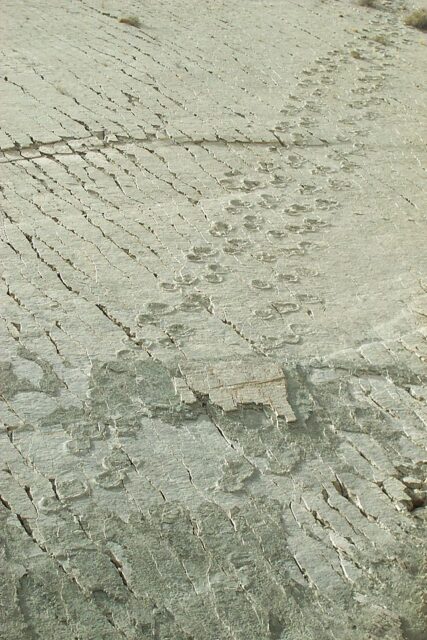
Cal Orck’o is part of the larger El Molino Formation, which extends across much of Bolivia. Dating back to the Maastrichtian Age, it consists of limestone, claystone and sandstone. While dinosaur fossils have been discovered within its layers, the majority of paleontological finds are marine-related.
Exposing the dinosaur tracks
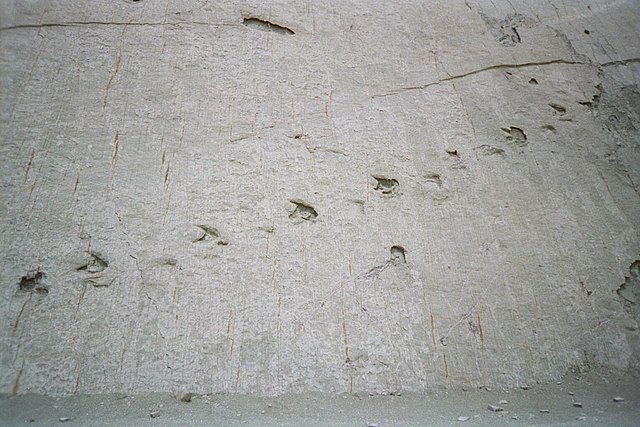
In 1985, workers were quarrying high-grade limestone for use in cement when they came across a layer with too much quartz. Not wanting to try to dig through it, they moved on to other areas, where even more layers were exposed. Along them were numerous dinosaur tracks.
The Bolivian workers didn’t realize the importance of their discovery, so did little about it. It wasn’t until 1994 that the scale of the fossilized prints became known, when a Swiss paleontologist traveled to the country to research the quarry.
Thousands of dinosaur tracks have been discovered
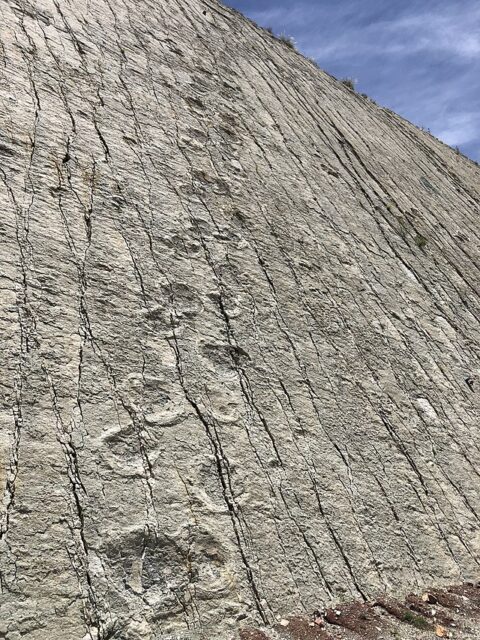
According to reports, there are nine different levels of dinosaur tracks across the entirety of Cal Orck’o. Since more intensive research began, more than 5,000 individual tracks have been noted across 462-465 different trackways. The main level covers 65,000 square meters and runs vertically.
What made the tracks at Cal Orck’o?
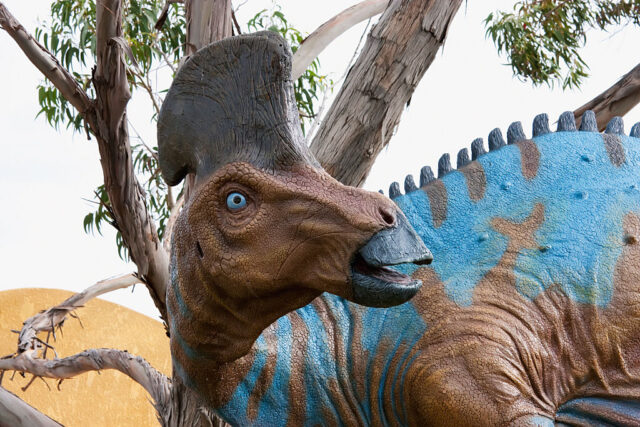
Thus far, paleontologists have identified between eight and nine different types of tracks at Cal Orck’o. Sauropods make up the majority, at 26 percent. The others include 16 ankylosaurs, ornithopods, a pair of titanosaurs and theropods – including a juvenile T-rex!
When did these dinosaurs roam the Earth?
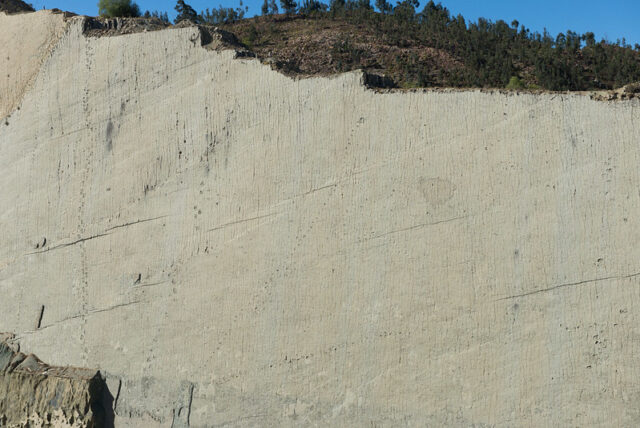
Paleontologists believe the dinosaurs that made these fossilized tracks lived 68 million years ago, during the Late Cretaceous Period. At the time, the area was covered by a shallow lake that extended as far as Argentina. When it dried up, it left behind the footprints of both carnivorous and herbivorous dinosaurs, which became buried beneath several layers of sediment.
Over the millennia, as the tectonic plates beneath the Earth’s surfaced pushed up the Andes, the dried lakebed turned into a vertical wall.
Cretaceous Park
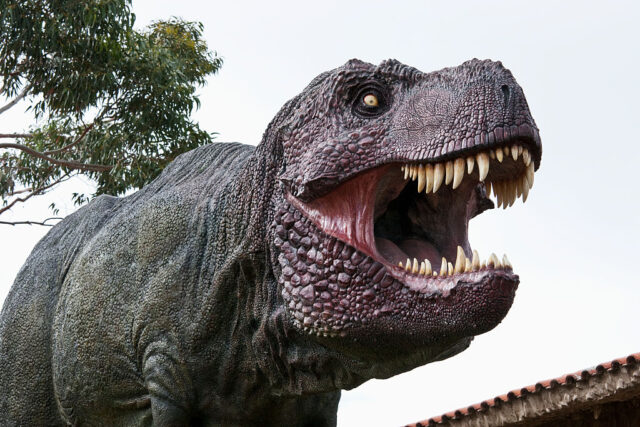
Cretaceous Park was established along the edge of Cal Orck’o in 2006. Tourists can visit several attractions, including a gift shop, restaurant, library and museum. Those looking to observe the dinosaur tracks can do so via a guided tour or viewing platform.
Most interesting of all are the dozens of life-size fiberglass dinosaurs positioned throughout the park, allowing visitors to visualize the creatures that once roamed the region.
Concerns over erosion
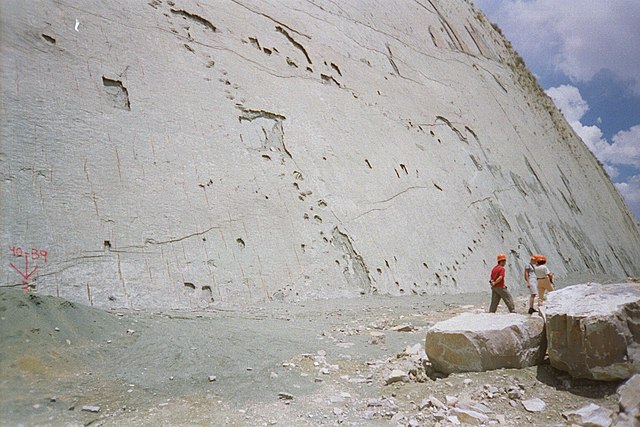
More from us: One Man Made An Unexpected Discovery In the Grand Canyon
Currently, Cal Orck’o is falling victim to time, with the site experiencing rapid erosion. This has prompted many paleontologists to call for preservation efforts to be undertaken, such as installing rock bolts, anchors and wiring netting.